From Wellbeing to Welldoing: A preventative and sustainable approach for supporting wellbeing within the classroom

In this article, Abby discusses Welldoing, a sustainable and adaptive approach which allows busy academics to manage multiple challenges in the classroom. Welldoing helps colleagues to support student wellbeing via learning.
The education sector, from Primary and Secondary to Further and Higher education, is witnessing a crisis in young people’s mental health (Department for Health and Department for Education, 2017; World Health Organization, 2020), presenting already-overworked teachers with a further challenge to address. Whilst many educational providers are putting in place policy and processes to support student wellbeing, much of this support exists beyond the curriculum, outside of the classroom and at the very edges of our provision; wellbeing is predominantly positioned as an antidote to the pressures and strains of education, often taking the form of bolt-on activities such as exercise, mindfulness and healthy eating campaigns. Whilst this article doesn’t seek to challenge the rationale or need for this much-needed support, it seeks to encourage us to reconsider wellbeing as something that we can directly support within our classrooms at the very heart of what we do, via teaching and learning: Welcome to Welldoing.

Welldoing exists at the intersection of teaching and learning
Welldoing exists at the intersection of teaching and learning, recognising that we can support wellbeing directly through the very ways in which we learn, think and work. The approach enables students to take greater ownership of how they learn, equipping them with strategies which are flexible, adaptable and fluctuate in response to their changing context and needs; when writing the Welldoing book, we were repeatedly humbled by the sheer insight and creative ability of our learners to think differently, adapt their approach and try something new to overcome a hurdle.
In this sense, Welldoing encourages both staff and students to move away from a one-size fits all approach, challenging idealised notions of what ‘good’ learning looks like. For example, Welldoing encourages a more nuanced exploration of how we interact with our surroundings so that learners can harness their environment in order to boost their cognition. We call this Cognitively Comfy Learning, which equips students with strategies to reflect and act on their sensory needs to ensure their brains are ‘comfy’.
Thinking spaces
Welldoing also encourages learners to think about the page (digital or physical) in front of them and see this as a Thinking space which they can actively adapt, manipulate and control to boost focus, concentration and motivation; the go-to mindmap can be complemented or replaced with a table (Think inside the box), formulas for writing ( the PIES strategy: Point, Information , Explanation, So what?) and a good dose of colour coding, to help learners take ownership of their thinking and overcome, or even avoid, information overload and analysis paralysis.
Central to the Welldoing ethos, is the learner’s capacity to Pick and mix strategies and layer them so that students can create their perfect ‘Combo’ of strategies for their own personal challenges: When we encourage our learners to shift their perspective in this way, the possibilities for how we approach our learning are endless.
In addition, Welldoing addresses the very real challenge that some of the strategies students will have developed in the past (and cognitively cemented as their go-to way of working), may not always continue to fully support the students as their educational context, subject discipline and type of learning they are engaging in shift. As an example, strategies to support writing can suddenly reduce in their effectiveness as the length, complexity and cognitive load of the tasks our learners are set increase. Some students may find that they are able to manage planning their ideas, writing, sequencing, refining and polishing their work simultaneously.
Making Planning and Writing a piece of CAKE
Yet this can add a significant cognitive load (Sweller,1988) and undermine both the quality of the work being produced, as well as student confidence in their ability. Imagine if we used this approach when baking a cake: If we attempted to mix our ingredients, bake and decorate our cake simultaneously, the cake would probably be inedible! Yet, this is often how students attempt to engage with writing-based tasks. The Welldoing strategy for Making Planning and Writing a piece of CAKE supports students to break down these steps in a way that is manageable and offers them a greater chance of success. CAKE frees them up to:
- Firstly, Capture their ideas on the page.
- Arrange their ideas so that they are organised in the most effective way to engage and make sense to the reader.
- Then to develop Key Words and phrases to join their sentences and paragraphs together so that they take their reader with them.
- And finally, to Edit their ideas to make sure their work looks as good as possible.

Welldoing facilitates the transfer of effective strategies from one context to another
Welldoing facilitates the transfer of effective strategies from one context to another. For example, whilst CAKE might help students with an essay, it could be just as easily used to prepare a report or presentation in a range of subjects. Furthermore, a strategy such as CAKE can then be applied to help students in their working and home lives beyond the classroom; Welldoing for work and for home help students to recognise the universal value of the strategies they employ so that they can harness the same approach to overcome multiple hurdles, whether that involves composing an email or writing an article like this!
Welldoing is so versatile that it can simultaneously provide over-worked teachers with a time and energy saving toolkit they can use themselves, as well as with their students. Flexible strategies to help manage pressure, expectations and to encourage us to work smart rather than hard can help to ensure teacher wellbeing is also supported within the classroom.
Staff often feel overwhelmed
Finally, in an educational landscape where it can feel as though every week brings about a new government or sector initiative, staff often feel overwhelmed, conscious of the daunting reality that there is increasingly limited time and resource to translate these high-level directives into meaningful practice in the classroom.
Whilst Welldoing does not provide a magic wand to reduce this pressure and make your workload a piece of CAKE, it does enable teachers to utilise a single approach; an approach which widens participation, fosters inclusivity, harnesses neurodiversity, supports wellbeing, facilitates independent and lifelong learning and builds resilience. And we could all do-well from that.
By Abby Osborne, Assessment and Feedback Development Lead at the Centre for Learning and Teaching at the University of Bath
FE News on the go…
Welcome to FE News on the go, the podcast that delivers exclusive articles from the world of further education straight to your ears.
We are experimenting with Artificial Intelligence to make our exclusive articles even more accessible while also automating the process for our team of project managers.
In each episode, our thought leaders and sector influencers will delve into the most pressing issues facing the FE sector, offering their insights and analysis on the latest news, trends, and developments.
From Wellbeing to Welldoing: How to Think, Learn and Be Well is available from Sage publishers or Amazon.



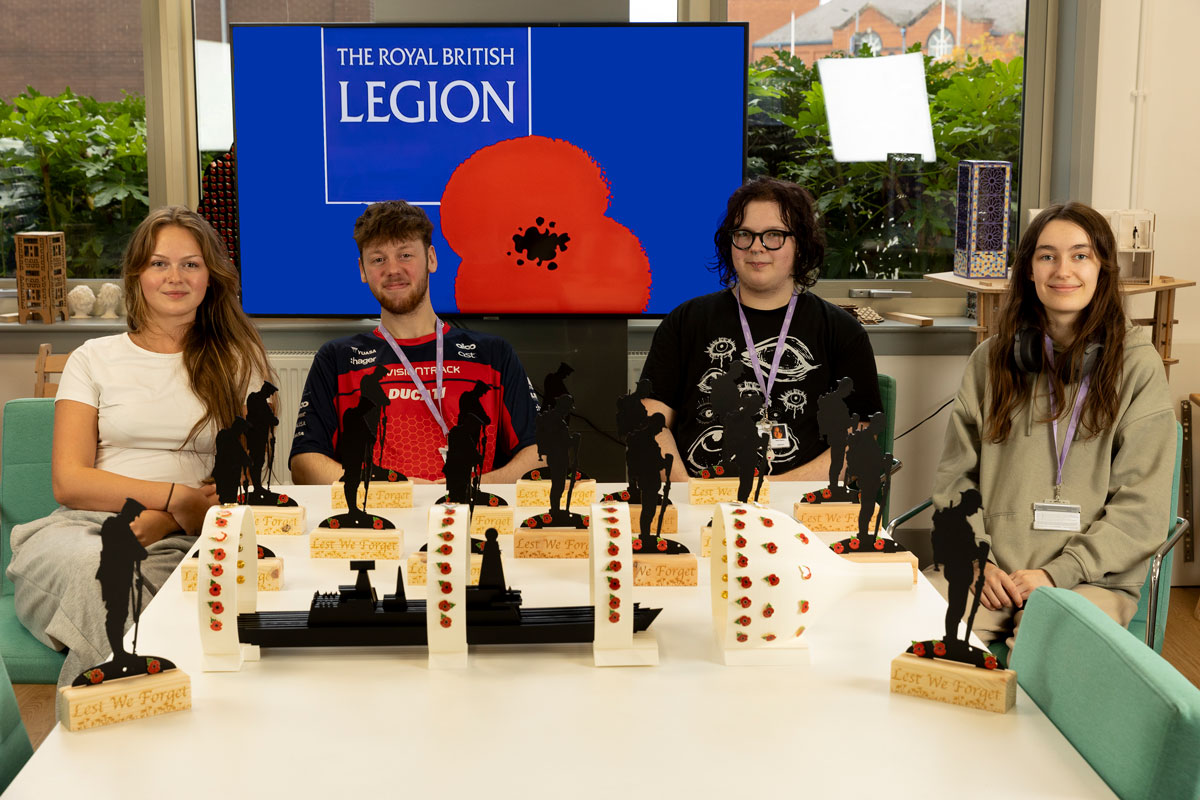
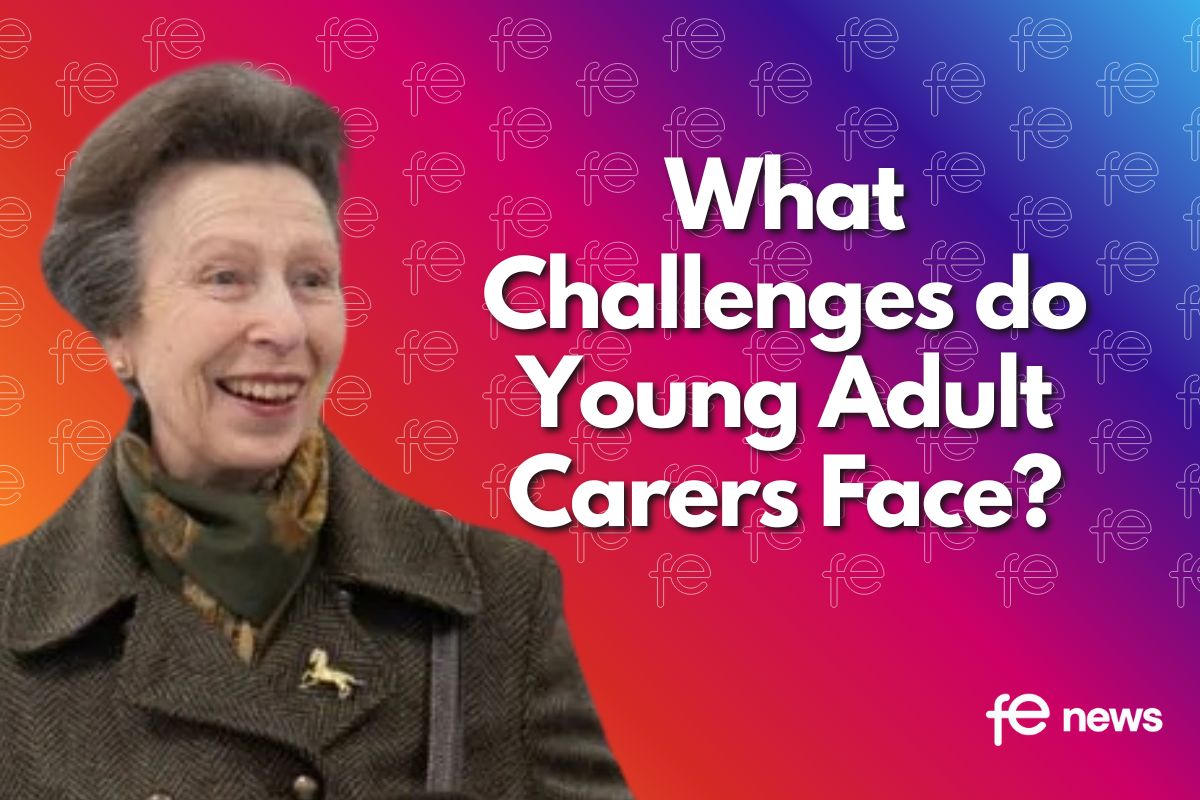

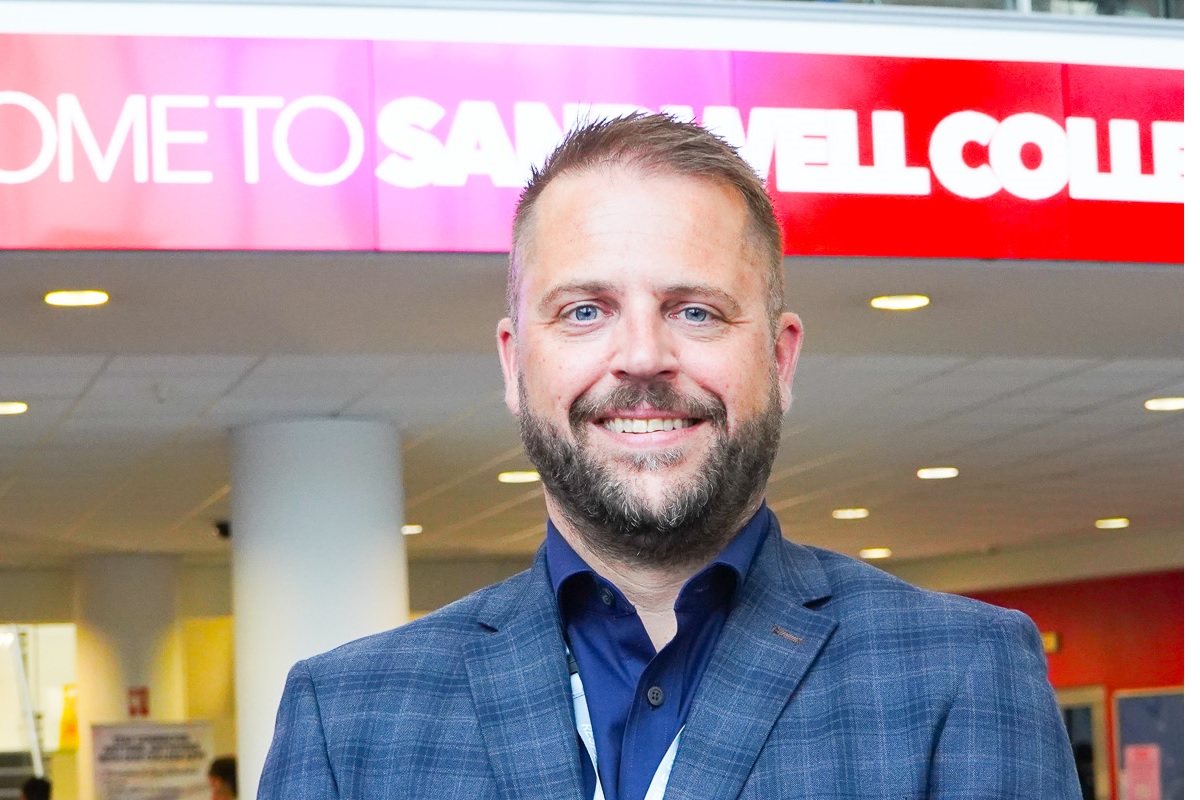
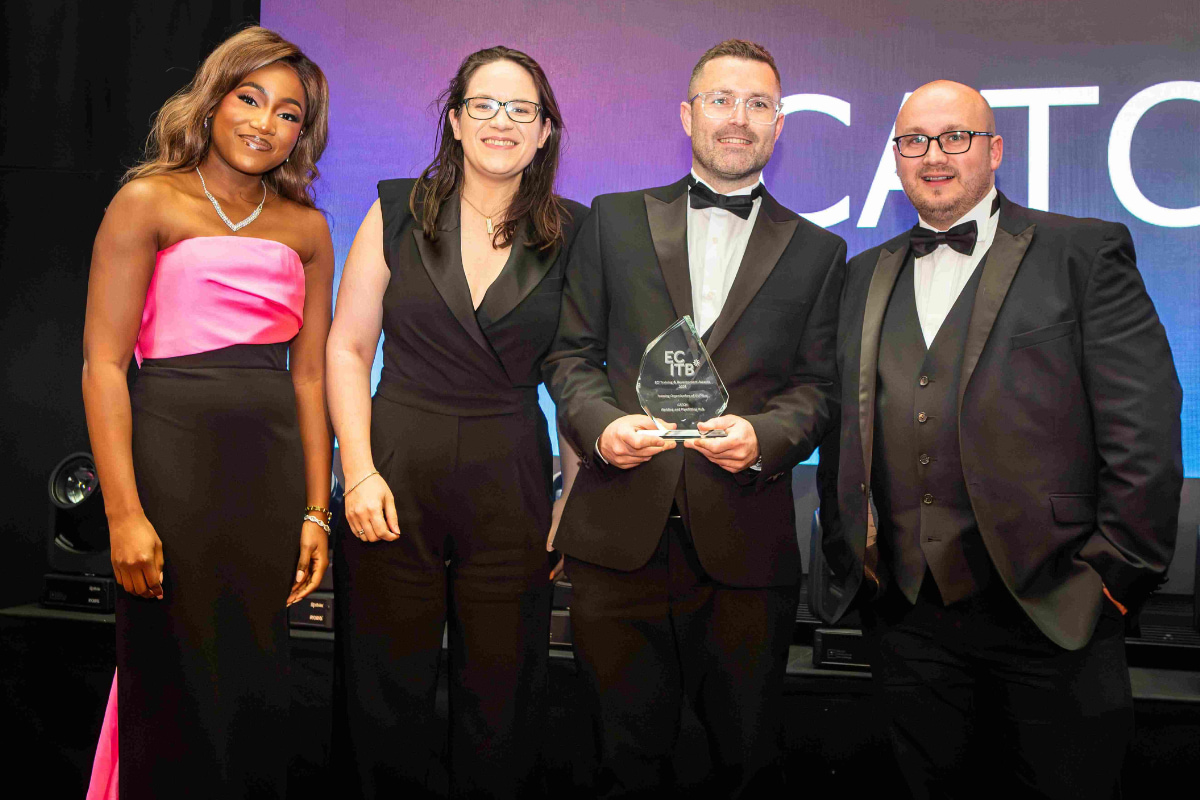

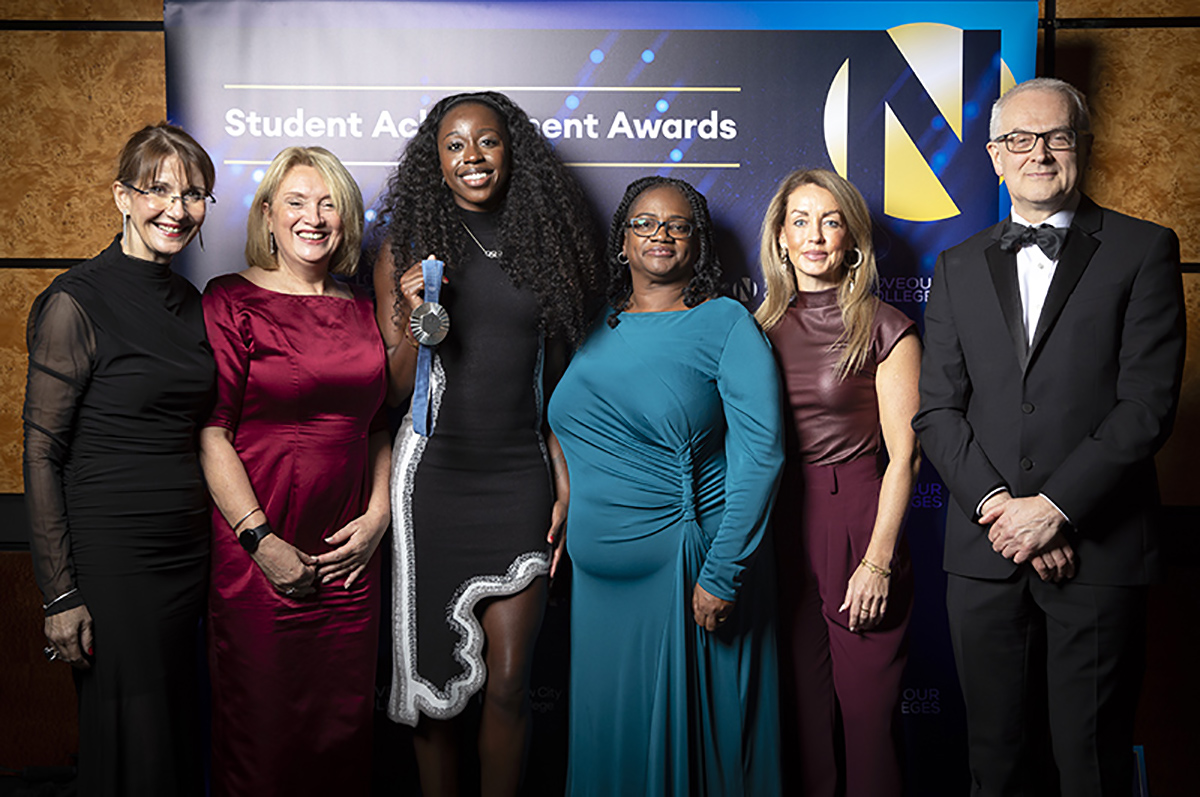


Responses